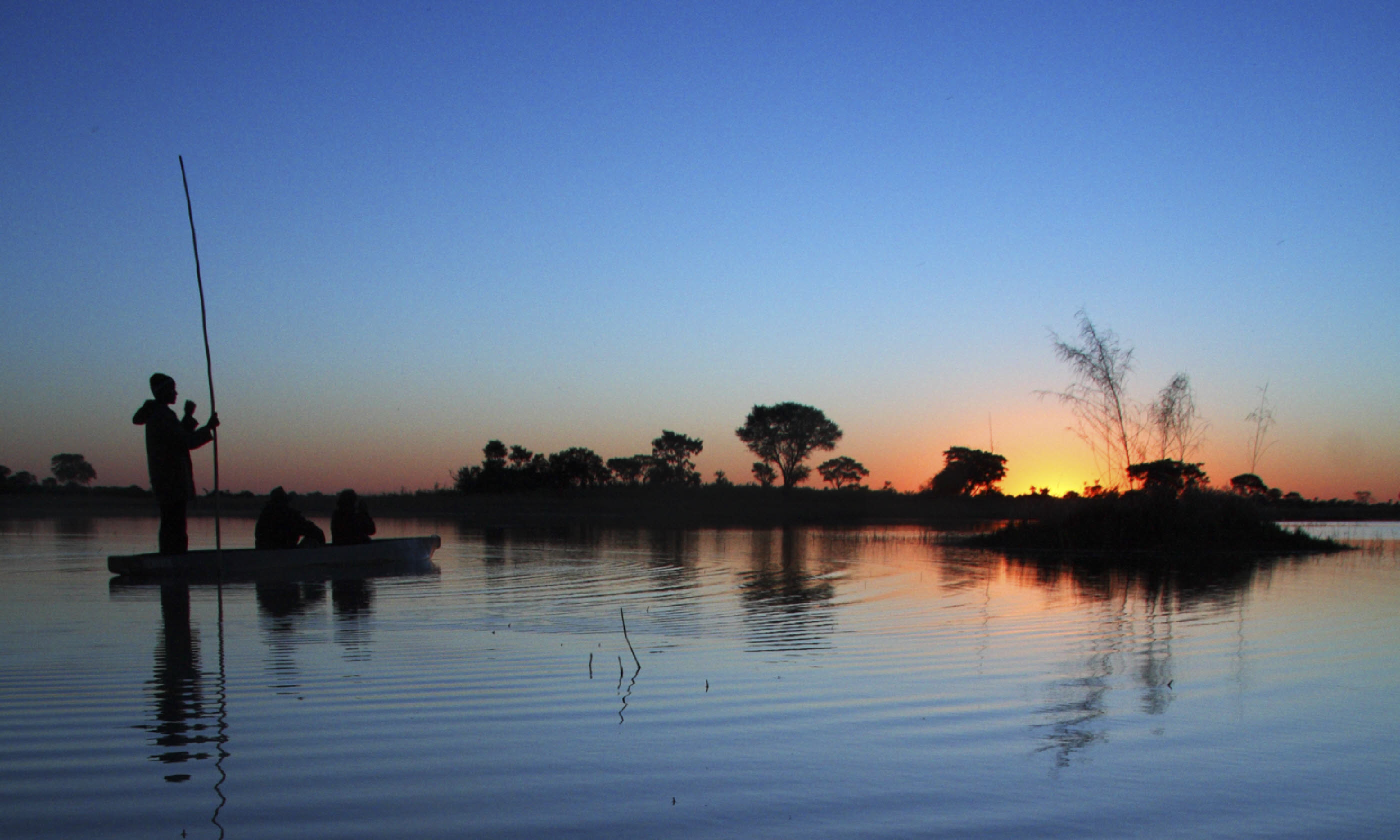
What does 'UNESCO World Heritage Site' really mean?
UNESCO-listed destinations wear their title as a badge of honour – but what really makes a UNESCO World Heritage Site special? And why should we care so much?
Becoming a UNESCO World Heritage site isn’t easy. “The application process can be long and arduous,” says Kishore Rao, director of the World Heritage Committee. “Sites must be recognised as being of outstanding universal value, and must meet at least one of ten criteria.” So why do so many places put themselves forwards?
Britain’s Lake District is up for consideration in 2016. John Hodgson, the project leader behind the submission, reckons the accolade will offer international recognition: “Inscription for the Lake District would be a valuable boost for tourism and local businesses.” But is he worried that it will create too much tourism? “We are anticipating a change in the type of visits, rather than an overall increase in visitor numbers,” says John. The park already receives 15 million visitors a year; it tries to manage the environmental impact of all those people via initiatives such as encouraging the use of bikes and buses.
The USA’s Yellowstone National Park – one of the first places to be inscribed in 1978 – is appreciative of the honour. “It does not materially impact the high degree of protection the National Park Service already provides,” says spokesman Al Nash. Despite this, there are worries about the effect the list has on natural environments. While many of the 1,000 places inscribed by UNESCO have been better protected as a result, a few are feeling the negative impact of their fame.
A prime example is the Galápagos, which was added to the Committee’s ‘danger list’ from 2007 to 2010 because of threats posed by invasive species, overfishing and tourism. But while Denis Landenbergue, WWF’s manager of wetlands conservation, admits that sites with the World Heritage tag may get more tourists, she says tourism pressure in the Galápagos is high anyway, and that being on the list has actually helped: “The Committee put pressure on the Ecuadorian government to develop a tourism strategy and to strengthen its rules.”
So what does being a UNESCO site really mean? More tourists? Probably. More funding and recognition? Possibly. Better protection, enforced by a committee that promotes responsible tourism? Definitely.
5 things you didn't know about UNESCO
1. The Lake District, the UK’s 2016 UNESCO bid, has been refused twice before – the committee couldn’t decide whether it was a ‘natural’ or ‘cultural’ site. The creation of the ‘cultural landscape’ category gave the park the chance to resubmit.
2. UNESCO has only stripped two places of their World Heritage titles. Oman’s Arabian Oryx Sanctuary was delisted in 2007 after poaching and habitat degradation nearly wiped out the oryx population. Germany’s Dresden Elbe Valley was removed when the Waldschlösschen Bridge was built, bisecting the valley.
3. Bardejov, in Slovakia, may be next to lose its World Heritage label. The medieval town is soon to have a vast shopping mall built on its doorstep; committee members are worried that the mall will violate Bardejov’s unique urban structure.
4. Italy has the most World Heritage sites (50), followed by China (47), Spain (44) and France and Germany (both 39). The UK currently has 28 sites; the USA has 22.
5. The first sites to be inscribed were: Aachen Cathedral, Germany; City of Quito, Ecuador; Galápagos Islands; Centre of Krakow, Poland; Island of Gorée, Senegal; L’Anse aux Meadows, Canada; Mesa Verde NP, USA; Nahanni NP, Canada; Rock-Hewn Churches, Lalibela, Ethiopia; Simien NP, Ethiopia; Wieliczka & Bochnia Salt Mines, Poland; Yellowstone NP, USA.
